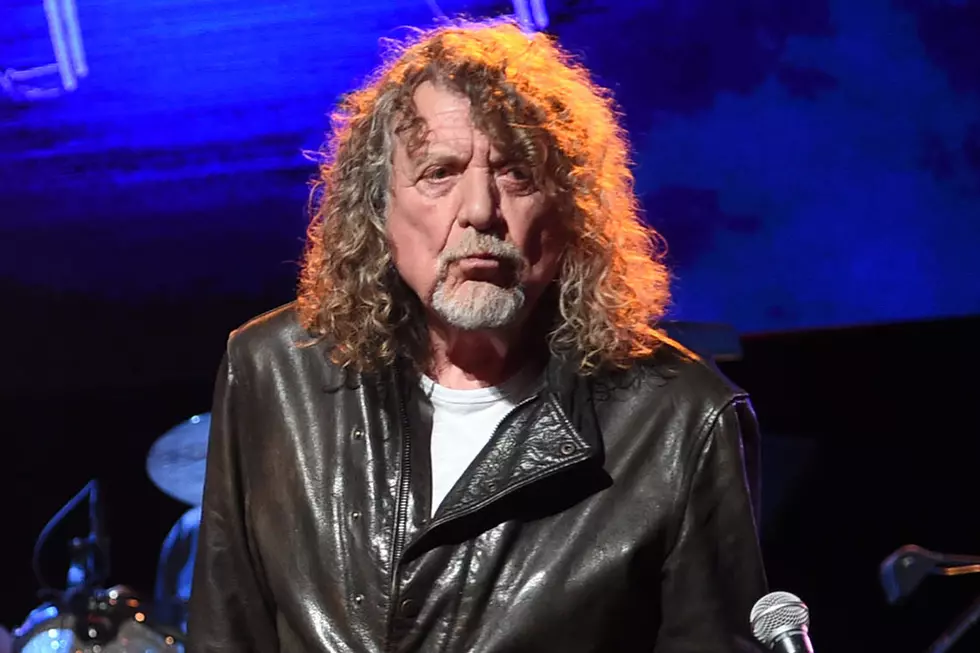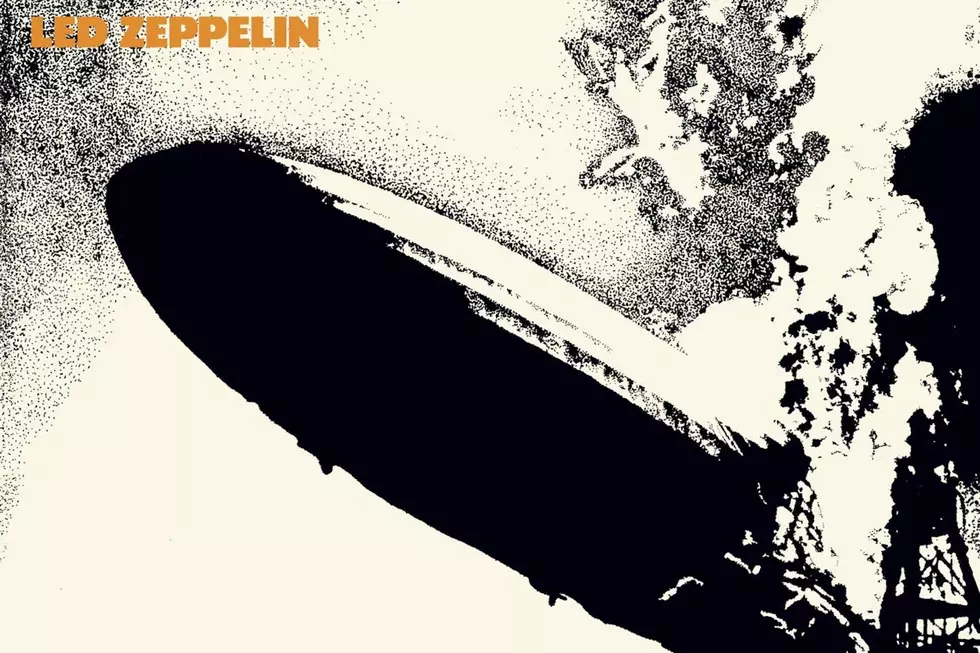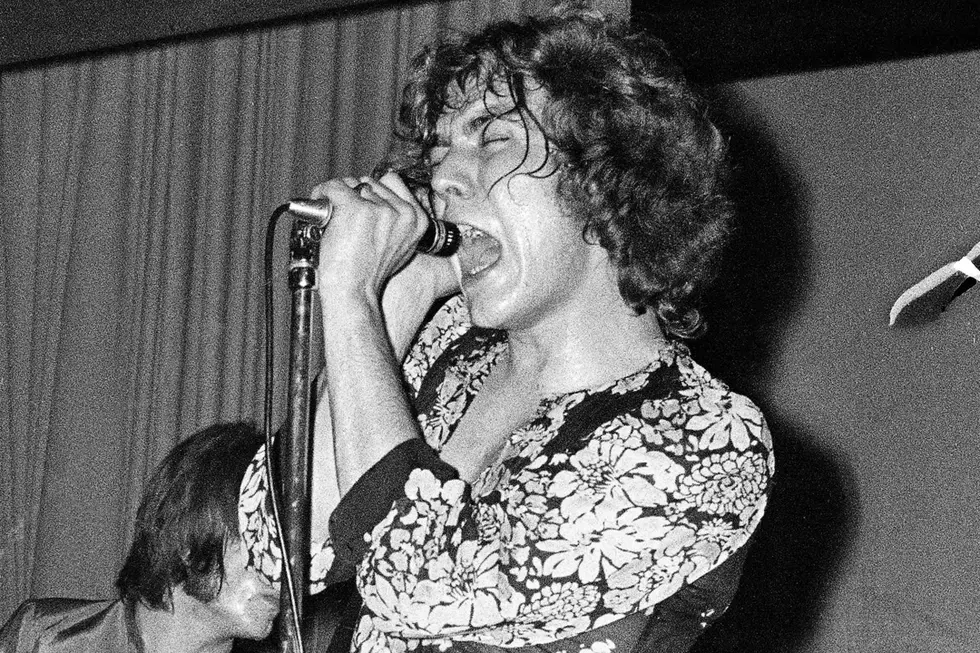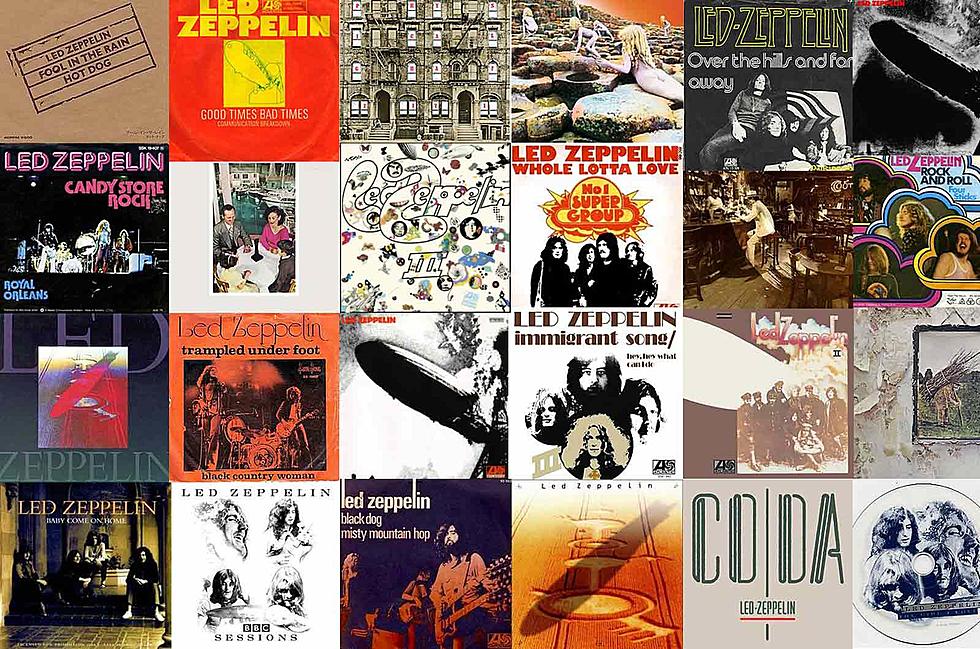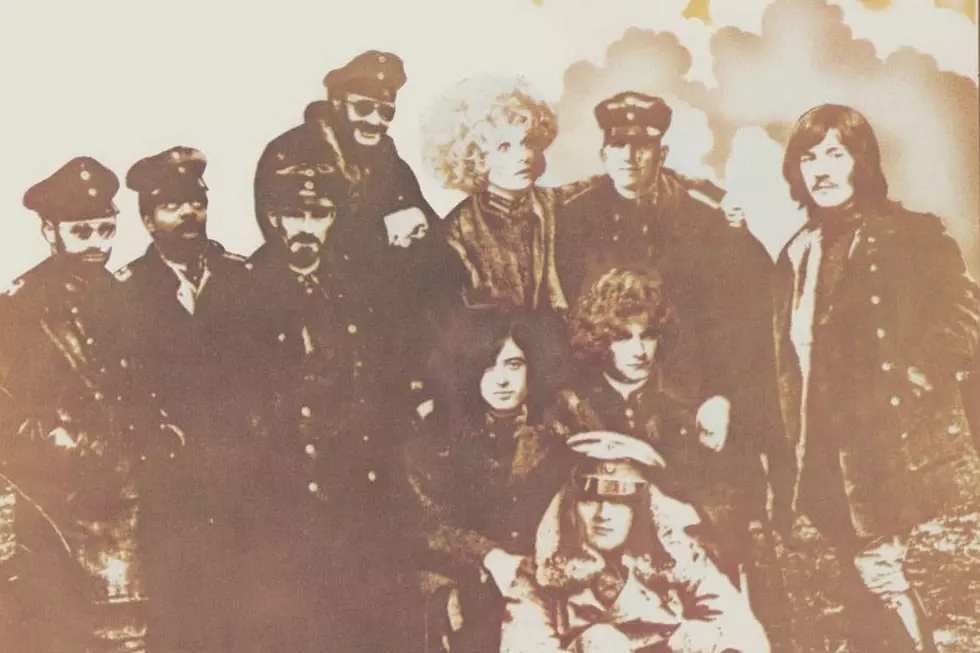
How Focus on Riffs Propelled Led Zeppelin ‘II’ to Classic Status
Song for song, there isn't an album out there that celebrates the power of the riff like Led Zeppelin II. Almost every single track on the record – including the one that's a drum solo – packs a riff that's heavier, more muscular and way more epic than almost anything you can name.
Even for a band whose entire catalog is built on awesome riff after awesome riff, Led Zeppelin II stands out as something special. From the monstrous opening notes of "Whole Lotta Love" to the closing bluesy chords of "Bring It on Home," the album takes the basic concepts of riff-driven rock 'n' roll and plugs them into the blues-rock template sketched out on their self-titled debut from earlier in 1969, creating a scorching masterpiece in the process.
Led Zeppelin didn't take long to start work on their second album. Recording began even before their first record came out in January. It stretched all the way into August, as the band made the rounds promoting its debut on the road. The bulk of the album was written and recorded while touring Europe and the U.S., almost in patchwork, with songs started in one studio on one continent and finished in another studio on a different continent.
In that time, Jimmy Page, Robert Plant, John Paul Jones and John Bonham came up with a set of songs that sounded like hyperactive offspring of their predecessors.
It's actually fair to call Led Zeppelin II a sequel to Led Zeppelin. There are blues covers ("Bring It on Home"), blues ripoffs ("Whole Lotta Love," "The Lemon Song") and some incredible displays of guitar pyrotechnics (um, just about every single song). But more so than a mere copy of the debut, Led Zeppelin II transports everything into the hard and fast lane this time.
Listen to Led Zeppelin Perform 'Whole Lotta Love'
Even with Page's precise production pulling it all together, the record stomps with electric fury, no doubt partly fueled by the group's nonstop time on the road during this period and the fact that it was recorded on the run. Led Zeppelin's live shows tightened their playing while loosening them up at the same time (reportedly, many tracks on Led Zeppelin II have their roots in Jimmy Page's nightly extended "Dazed and Confused" solos, which would expand the song to half an hour onstage). And it all comes down to the riffs.
Running through a list of the album's greatest riffs – "Whole Lotta Love," "What Is and What Should Never Be," "Heartbreaker," "Living Loving Maid (She's Just a Woman)," "Ramble On," "Moby Dick," "Bring It on Home" – reads like the LP's track listing. There's no album in rock history that's as stacked as Led Zeppelin II with such an astonishing display of riffs.
It became Led Zeppelin's first No. 1 album, after their debut stalled at No. 10. And "Whole Lotta Love" climbed all the way to No. 4, becoming Zeppelin's only trip into the Top 10. But the record's legacy far exceeds chart positions. Decades later, you can still hear the force of its cuts in artists like Jack White, who structures his tracks around riffs.
Before Led Zeppelin II, people wrote songs – the melody, hook and chorus grabbed them. In October 1969, that all changed. Because who needs words when you got a riff like the one in "Whole Lotta Love"?
Rejected Original Titles of 30 Classic Albums
You Think You Know Led Zeppelin?
More From Ultimate Classic Rock

